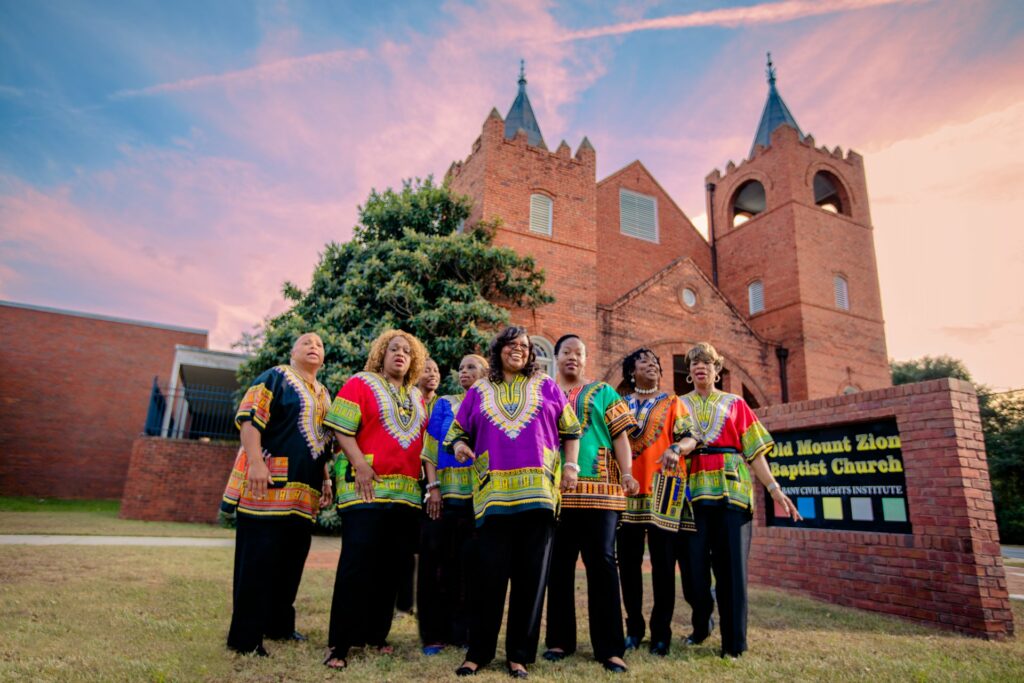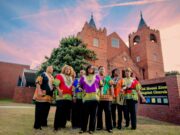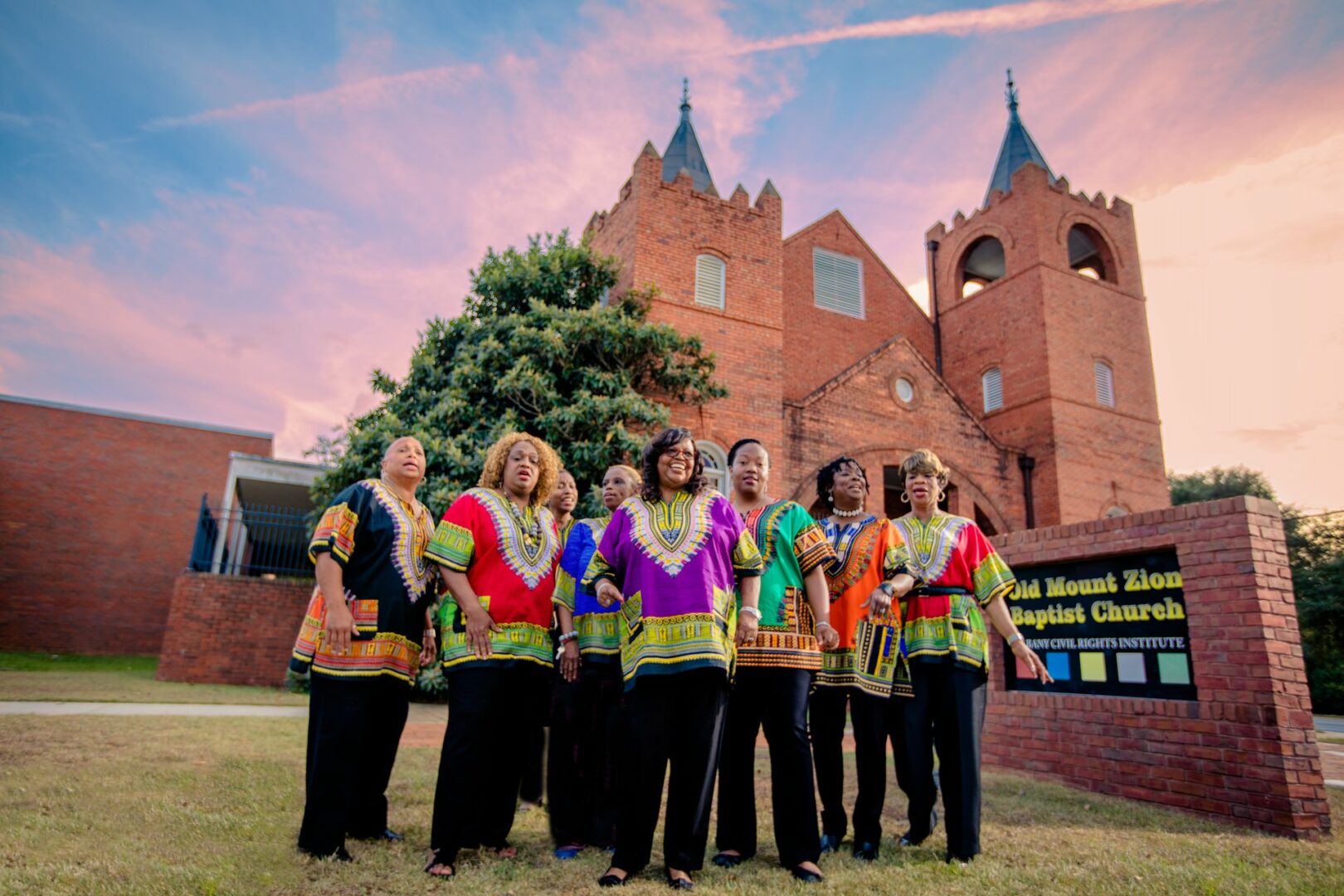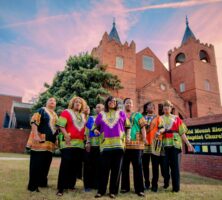The Albany Civil Rights Institute commemorates the 1960s civil rights movement in southwest Georgia. The 12,000-square-foot facility, completed in 2008, is located next to the Old Mt. Zion Baptist Church, just south of downtown Albany in the historic Freedom District. Formerly known as the Albany Civil Rights Movement Museum, the institute was originally housed at Old Mt. Zion, and opened in November 1998. The church, built in 1906, became the principal gathering place for movement members demanding freedom and equality. In 1994 the citizens of Albany passed a 1 percent sales tax, $750,000 of which was allocated for the renovation of the Old Mt. Zion Baptist Church into a civil rights museum. Additional funds from the city, businesses, and individuals made the completion of the museum possible.

Courtesy of Explore Georgia.
The first mass meeting of the Albany Movement was held in Old Mt. Zion Church on November 17, 1961. One month later Martin Luther King Jr. spoke to a crowd of 1,500 that overflowed the church, filling the streets and the Shiloh Baptist Church opposite. William G. Anderson, first president of the Albany Movement, recalled that King spoke to three audiences that evening.
The movement brought together all of the era’s civil rights forces—the Student Nonviolent Coordinating Committee (SNCC), the Southern Christian Leadership Conference, the Congress of Racial Equality, and the National Association for the Advancement of Colored People —in an effort to end segregation in Albany. The Albany Movement, which lasted from 1961 to 1962, later spread to other cities in southwest Georgia.
Music was an important part of the movement. In December 1961 the SNCC Freedom Singers (including Albany native Bernice Johnson Reagon, who later founded the group Sweet Honey in the Rock) performed at Mt. Zion. They combined the songs they sang on their Freedom Rides throughout the South with Baptist church music to create “freedom music.”
The museum’s mission is both to commemorate the civil rights movement and to serve as a local and national educational resource. To that end the museum collects former Albany Movement participants’ oral histories and makes them available both at the museum and online (in excerpted form). A “virtual museum” on the museum Web site is designed to provide a multimedia learning experience. In addition, the museum’s work with the school system in Dougherty County and Albany State University focuses on creating educational resources using the museum’s holdings of memorabilia, photographs, historical documents, and audio and video recordings. Among them is the Danny Lyon collection. Lyon, a northern white civil rights worker, was the first official SNCC photographer. Images of the Albany Movement and of Mt. Zion before it was renovated are included in his book Memories of the Southern Civil Rights Movement (1992).
The museum features lectures, poetry readings, and plays. On the second Saturday of each month a group of freedom singers directed by Rutha Harris, an original member of the SNCC Freedom Singers, performs.






